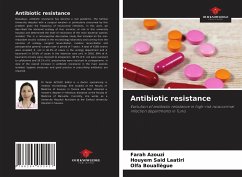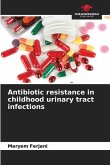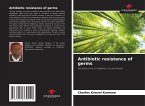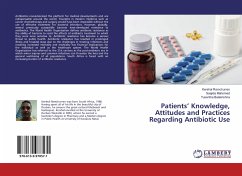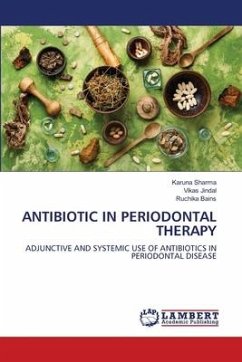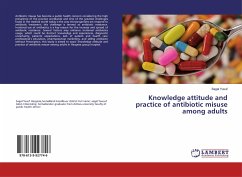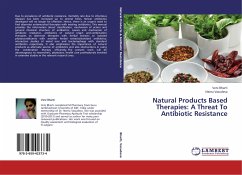Nowadays, antibiotic resistance has become a real pandemic. The Sahloul University Hospital with a surgical vocation is particularly concerned by this problem given the frequency of nosocomial infections. In this work, we described the bacterial ecology of four services at risk in this university hospital and determined the level of resistance of the main bacterial species isolated. This is a retrospective descriptive study that included all the non-redundant strains isolated in the microbiology laboratory and coming from the services of urology, surgical resuscitation, medical resuscitation and postoperative general surgery over a period of 7 years. A total of 6108 strains were isolated; E. coli in 40.3% of cases in the urology department and A. baumannii in 20.8% of cases in the intensive care unit. In 2016, 99% of A. baumannii strains were resistant to ertapenem, 38.7% of E. coli were resistant to cefotaxime and 26.1% of K. pneumoniae were resistant to carbapenems. In view of the overall increase in antibiotic resistance in the main species isolated, hygiene measures and good practice in prescribing antibiotics are required.
Bitte wählen Sie Ihr Anliegen aus.
Rechnungen
Retourenschein anfordern
Bestellstatus
Storno

